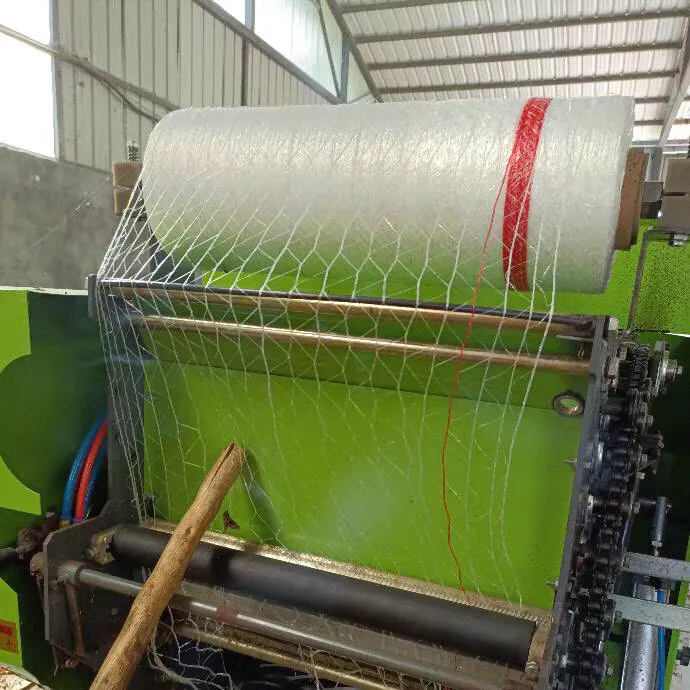-
 Afrikaans
Afrikaans -
 Albanian
Albanian -
 Amharic
Amharic -
 Arabic
Arabic -
 Armenian
Armenian -
 Azerbaijani
Azerbaijani -
 Basque
Basque -
 Belarusian
Belarusian -
 Bengali
Bengali -
 Bosnian
Bosnian -
 Bulgarian
Bulgarian -
 Catalan
Catalan -
 Cebuano
Cebuano -
 China
China -
 Corsican
Corsican -
 Croatian
Croatian -
 Czech
Czech -
 Danish
Danish -
 Dutch
Dutch -
 English
English -
 Esperanto
Esperanto -
 Estonian
Estonian -
 Finnish
Finnish -
 French
French -
 Frisian
Frisian -
 Galician
Galician -
 Georgian
Georgian -
 German
German -
 Greek
Greek -
 Gujarati
Gujarati -
 Haitian Creole
Haitian Creole -
 hausa
hausa -
 hawaiian
hawaiian -
 Hebrew
Hebrew -
 Hindi
Hindi -
 Miao
Miao -
 Hungarian
Hungarian -
 Icelandic
Icelandic -
 igbo
igbo -
 Indonesian
Indonesian -
 irish
irish -
 Italian
Italian -
 Japanese
Japanese -
 Javanese
Javanese -
 Kannada
Kannada -
 kazakh
kazakh -
 Khmer
Khmer -
 Rwandese
Rwandese -
 Korean
Korean -
 Kurdish
Kurdish -
 Kyrgyz
Kyrgyz -
 Lao
Lao -
 Latin
Latin -
 Latvian
Latvian -
 Lithuanian
Lithuanian -
 Luxembourgish
Luxembourgish -
 Macedonian
Macedonian -
 Malgashi
Malgashi -
 Malay
Malay -
 Malayalam
Malayalam -
 Maltese
Maltese -
 Maori
Maori -
 Marathi
Marathi -
 Mongolian
Mongolian -
 Myanmar
Myanmar -
 Nepali
Nepali -
 Norwegian
Norwegian -
 Norwegian
Norwegian -
 Occitan
Occitan -
 Pashto
Pashto -
 Persian
Persian -
 Polish
Polish -
 Portuguese
Portuguese -
 Punjabi
Punjabi -
 Romanian
Romanian -
 Russian
Russian -
 Samoan
Samoan -
 Scottish Gaelic
Scottish Gaelic -
 Serbian
Serbian -
 Sesotho
Sesotho -
 Shona
Shona -
 Sindhi
Sindhi -
 Sinhala
Sinhala -
 Slovak
Slovak -
 Slovenian
Slovenian -
 Somali
Somali -
 Spanish
Spanish -
 Sundanese
Sundanese -
 Swahili
Swahili -
 Swedish
Swedish -
 Tagalog
Tagalog -
 Tajik
Tajik -
 Tamil
Tamil -
 Tatar
Tatar -
 Telugu
Telugu -
 Thai
Thai -
 Turkish
Turkish -
 Turkmen
Turkmen -
 Ukrainian
Ukrainian -
 Urdu
Urdu -
 Uighur
Uighur -
 Uzbek
Uzbek -
 Vietnamese
Vietnamese -
 Welsh
Welsh -
 Bantu
Bantu -
 Yiddish
Yiddish -
 Yoruba
Yoruba -
 Zulu
Zulu
aviary netting
Understanding Aviary Netting The Ideal Solution for Avian Safety
Aviary netting has become a crucial component in bird conservation and protection, providing a safe space for various bird species to thrive. As concerns about habitat loss and environmental changes grow, aviary netting offers a practical solution both for aviculturists and wildlife enthusiasts alike. This article explores the significance of aviary netting, its applications, and the benefits it brings to avian welfare.
Aviary netting is a form of mesh designed to create enclosures for birds, preventing them from escaping while offering them the freedom to fly and exhibit natural behaviors. Typically made from durable materials, this netting comes in various mesh sizes, thicknesses, and colors to cater to different types of birds and environments. The primary purpose of aviary netting is to protect birds from potential threats, including predators, adverse weather conditions, and human interference.
One of the most significant applications of aviary netting is in aviaries or bird conservation centers where endangered or exotic birds are kept. These enclosures allow for a controlled environment where birds can live, breed, and be observed without the risk of wandering off or being attacked. Additionally, aviary netting ensures that the birds are shielded from environmental hazards, such as falling tree branches or extreme wind gusts, that could pose a danger.
Furthermore, aviary netting plays an integral role in rehabilitation efforts for injured or orphaned birds
. Wildlife rehabilitation centers utilize these nets to create safe recovery spaces where birds can regain their strength without the threat of predators. Once healed, these birds can safely be released back into their natural habitats, thanks to the protection provided by aviary netting during their recovery period.aviary netting

Not only does aviary netting help with the safety and security of birds, but it also enhances their overall well-being. Birds require space to fly and socialize, and aviary netting provides an opportunity for them to interact with other birds in a secure environment. This interaction is essential for their mental stimulation, which contributes to their physical health and happiness. With the right size and type of netting, birds can engage in their natural behaviors, such as flying, foraging, and nesting, which are critical for their development.
The installation of aviary netting is also a practical solution for home bird keepers or enthusiasts who want to create a safe outdoor space for their pets. Many bird enthusiasts prefer to let their pet birds enjoy the fresh air while being protected from outdoor dangers. Aviary netting allows bird owners to create spacious, secure areas where their birds can play and explore without the risk of escape or predation.
When selecting aviary netting, it is essential to consider factors such as the type of birds being housed, the local environment, and the specific threats each species may face. For example, stronger netting may be necessary for larger birds or predatory birds that could pose a danger to smaller species. Additionally, UV-resistant materials can help improve the longevity of the netting, ensuring it remains effective against the elements.
In conclusion, aviary netting serves as a pivotal tool in the protection and conservation of bird species. Its applications span from professional wildlife rehabilitation to home aviaries, promoting avian safety and well-being. By providing secure, spacious environments for birds, aviary netting not only preserves biodiversity but also enriches the lives of birds in captivity. As we continue to be stewards of nature, utilizing aviary netting is a responsible step towards ensuring the safety and happiness of our avian companions.
-
Shipping Plastic Bags for Every NeedNewsJul.24,2025
-
Safety Netting: Your Shield in ConstructionNewsJul.24,2025
-
Plastic Mesh Netting for Everyday UseNewsJul.24,2025
-
Nylon Netting for Every UseNewsJul.24,2025
-
Mesh Breeder Box for Fish TanksNewsJul.24,2025
-
Expanded Steel Mesh Offers Durable VersatilityNewsJul.24,2025











